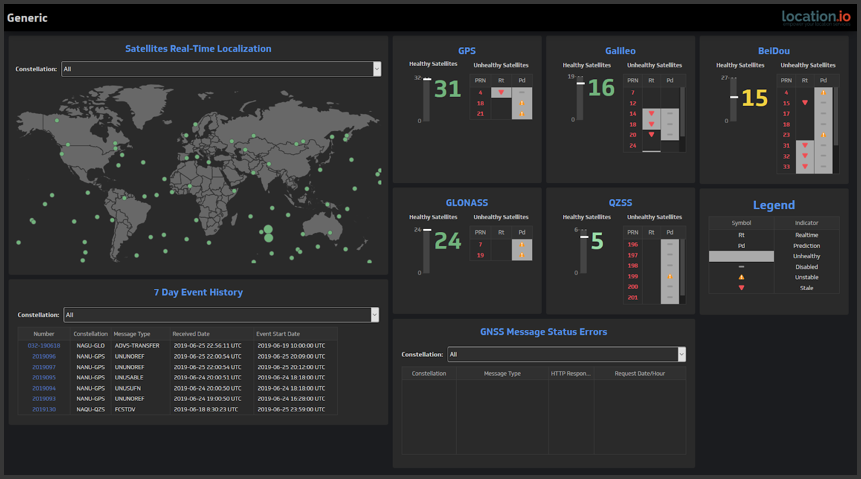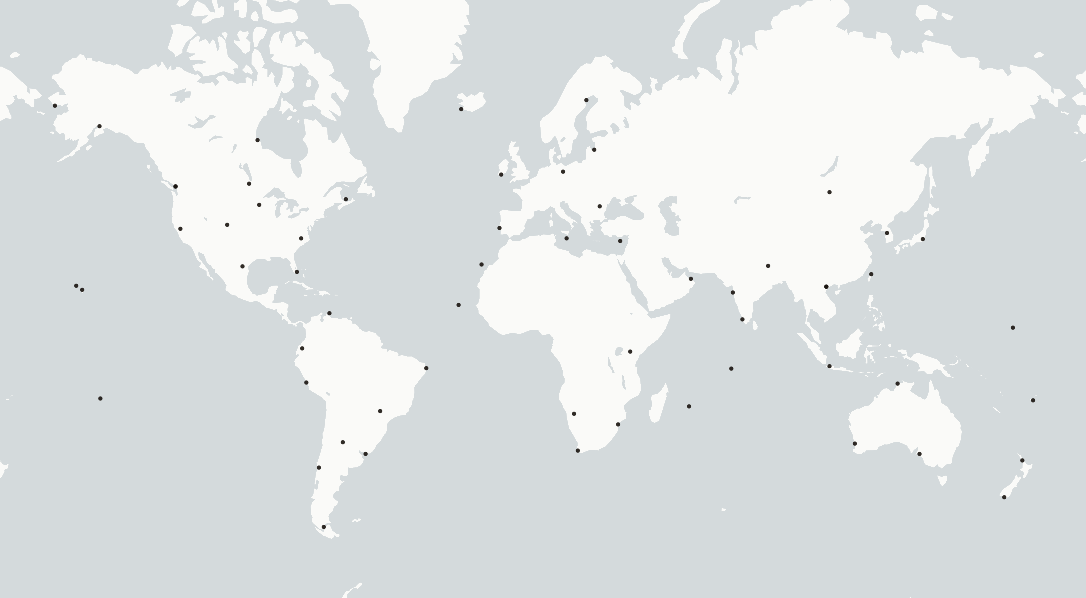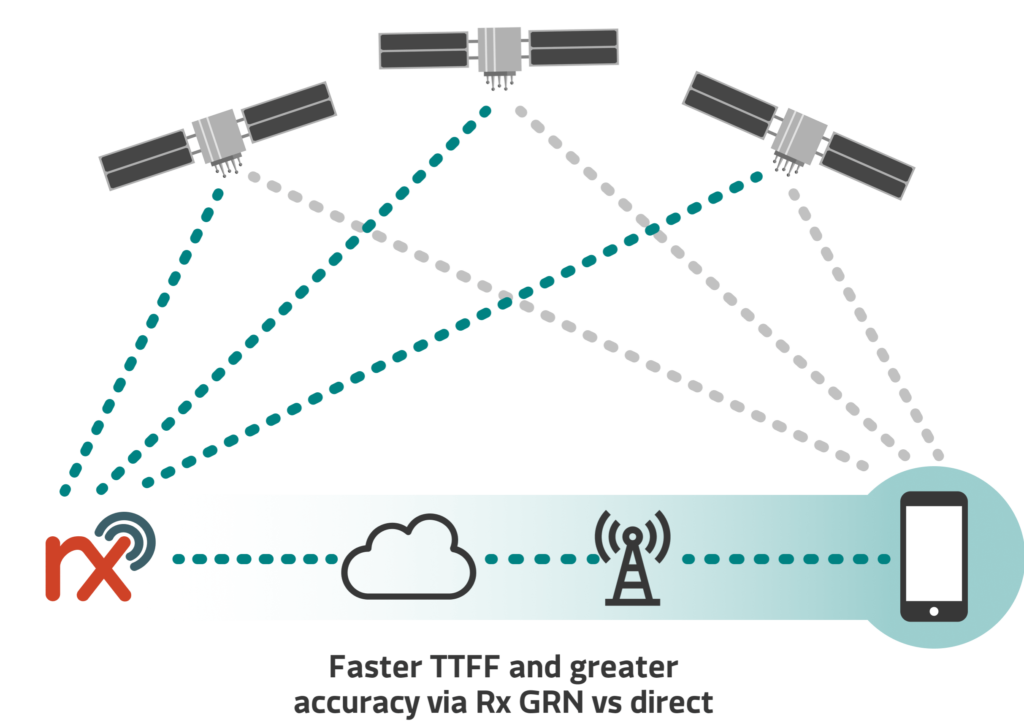CUSTOM SOLUTIONS
Hosting, Unique GNSS software and data solutions for OEMs, chipset manufacturers and carrier networks
There are as many types of devices in-market using GNSS as there are ways to integrate GNSS in those devices. With such diversity, it is critical for a company like Rx Networks to offer customers the opportunity to obtain data in the ideal format for their use.
Beyond Location.io and TruePoint.io standard products, Rx Networks offers custom solutions that enable customers to operate as if they had a proprietary solution, without the need to buy expensive equipment or hire dedicated personnel. For customers who want a complete GNSS solution, Rx Networks also provides hosting services which include a carrier grade SLA and GNSS data feeds. A truly one-stop shop for location assistance.
HOSTING
Location Platform Hosting Services / Dedicated Servers

Cloud computing and increased bandwidth has enabled even faster technology advancements. This also means businesses have to properly allocate resources. Rx Networks can help reduce the need for additional staff and network support. By having Rx Networks host, operate and monitor a company’s location services, we are enabling customers to focus on what they are good at while still being supported by a carrier grade infrastructure and 99.999% SLA.
For those who want secure and completely independent solutions Rx Networks can enable dedicated solutions. Contact Sales for details on interfaces and what can be provided as dedicated services.
DASHBOARDS
Location Platform Hosting Services / Dedicated Servers
The number of constellations and satellites continues to grow, and this adds complexity into the management and troubleshooting of GNSS services. Rx Networks has a variety of custom dashboards, enhancing customers’ ability to monitor and debug their systems. Data can also be received via custom APIs. For more information, please contact Rx Networks Sales.

Global Reference Network
A key component to making it possible to accurately determine earthbound positioning is the Global Reference Network (GRN) – a series of geographically dispersed GNSS receivers connected to Rx Networks’ data centres. Each of these receivers collects the navigation data and observation data from multiple signals broadcast by each of the satellites in all GNSS constellations. The reference stations relay this broadcast data and measurement information to centralized data centers allowing for the calculation of the standard GNSS assistance data, precise orbits and clocks data, global ionospheric and global tropospheric data models in real-time.
While there are individual networks (and data feeds) for each GNSS constellation, including GPS (United States), GLONASS (Russia), BeiDou (China), Galileo (EU), QZSS (Japan), and NavIC (India), the aggregate visibility of satellites from all networks makes it possible to achieve greater accuracy than one data source alone. Rx Networks also adds the benefit from the regional satellite-based augmentation systems (SBAS) originally designed for aviation, that Rx Networks monitors, namely WAAS, EGNOS, MSAS, and GAGAN to ensure the best possible coverage and integrity anywhere in the world.

Rx Networks’ own Global Reference Network spans the world with ever-increasing satellite visibility as the reference network is continually being updated and expanded. Global coverage, coupled with our own unique algorithms, and controlling the service from reference receivers to API, ensures we can compute accurate and precise GNSS data in real-time with a carrier grade Service Level Agreement 99.999% reliability. We take over the worry about infrastructure so you don’t need to deploy expensive and cumbersome reference stations and networks.
In brief, assistance data from Rx Networks makes it easier for E911 providers, smartphone manufacturers and mobile network operators to deliver accurate positioning to their customers with greater efficiency and reduced hard costs.
Types of Information Processed by a GRN
In addition to precise orbital information of each satellite, called the “ephemeris”, the GRN monitors the clock status of each satellite, as well as its individual health/status. Coarse orbit and status information of all satellites in a constellation is referred to as the “almanac”. The ephemeris is valid for hours and is usable for navigation, and the almanac is valid for weeks or months, and is usable to aid signal acquisition.
Despite the slow transmission rate by today’s standards (50 bit/s), these messages travel at the speed of light on the radio spectrum, reaching the surface of the planet in under 7/100ths of a second. From the ground, a receiver with line-of-sight to the satellites, performs calculations based on the reported locations of the visible satellites and determines its location via a process of trilateration and clock validation. While the applications that this technology has enabled are virtually limitless, from UAV guidance to the future of self-driving cars, there are limitations to the underlying technology itself.
An unimpeded line-of-sight to the overhead satellites is required in order to receive the navigation messages, so getting a location fix in obstructed areas like skyscraper-crowded city streets can be time-consuming, error-prone and frustrating to the end user. To supplement traditional GNSS, a range of assistance protocols were created to improve the time to first fix (TTFF) and enhance the ongoing location experience; this is where a global reference network comes into play.
The Benefit of a Robust GRN Data
Assistance data derived from Rx Networks’ GRN, in addition to Rx’s corrected data feeds from all the GNSS constellations, can be distributed to customers across a range of verticals, including chipset manufacturers, OEMs, telecommunications providers and location-based service suppliers. This data can be structured in multiple different ways, from real-time broadcast ephemeris streams to processed predictions known as extended ephemeris, which calculate the location of the satellites in space and time for weeks into the future.

The Rx Networks global reference network is capable of supporting any and all global or regional GNSS constellations.
Broad Industry Compatibility
We work closely with leading network infrastructure vendors and device OEMs to ensure full interoperability with their A-GNSS server platforms. Our Real-Time GNSS ephemeris and GRN services come in several out-of-the-box editions designed to support platforms such as Qualcomm QPoint, Ericsson, Nokia Solutions and Networks, TeleCommunications Systems, Polaris and our own full-featured HTTP API. For legacy systems, assistance data is also available in industry standard RINEX file formats.
All our data can be requested as a complete package or as individual elements.
- Navigation Model
- Ionospheric Model
- Almanac
- UTC Model
- Reference Time
- TOW Assist
- Auxiliary Information
- Real Time Integrity
- Raw Data
- Orbit and Clock Predictions
Please contact sales@rxnetworks.com for a full list of data elements.
Backed by Carrier-Grade SLA
We designed our reference network with carrier grade resilience to provide 99.999% SLA so it can be relied upon for emergency services such as E911 and for every day and any type of Location-Based Services (LBS). Our reference sites are deployed in secure ISP facilities with redundant power and reliable connectivity, and all tie into our geo-redundant data centers which are monitored 24×7 by our Operations team.

Next Generation Features
The real-time GNSS ephemeris service is not only the industry’s most compatible source of assistance data; it also forms the backbone for many of our new features and solutions including maneuver notices for all GNSS constellations, historical observation archives and advanced real-time integrity notices.
Product Data Sheet Request
COMPREHENSIVE PRODUCT FEATURE SPECIFICATIONS.
Please provide your contact information via this contact form and we will email you an electronic copy of the comprehensive Rx Real-Time GNSS data sheet immediately. Select the subscription option to be sent future versions of the data sheet as new data is added, or amendments are applied.